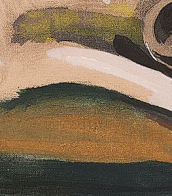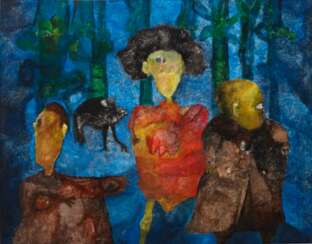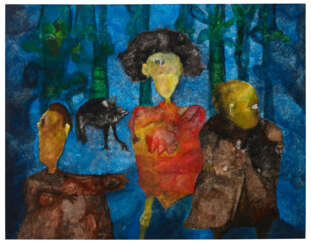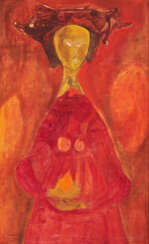felipe orlando (1911 - 2001)
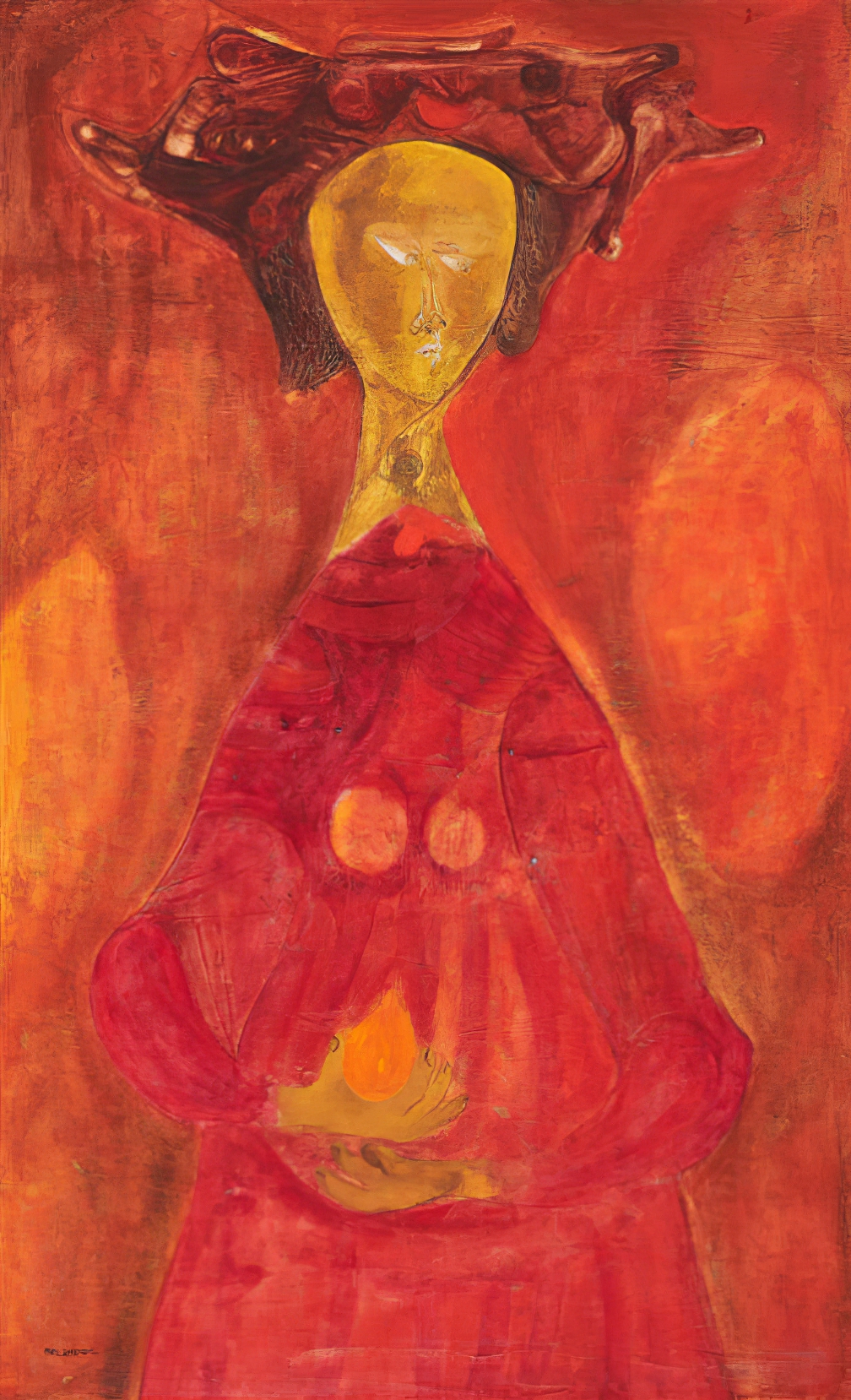
Felipe Orlando, full name Juan de Dios Felipe Orlando García Murciano, was a Spanish-Cuban artist who lived in Spain and devoted himself to writing for a living through painting. He was an anthropologist by training and a musicologist by hobby.
Belonging to the artistic avant-garde movement that emerged in the 1930s, it is difficult to place his painting in the mainstream of young modernists.
Felipe Orlando's painting is characterised by a constant development. It begins with paintings that could be called figurative. They are usually always interior scenes in which women, Afro-Cubans or still lifes take centre stage.
After moving to Spain, his painting develops towards abstraction, especially the informal current, but always presents some figurative reference. Serenity and lyricism prevail in the textures. The titles are suggestive and colour is more important than form.
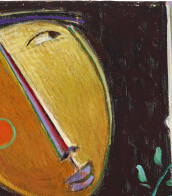

Felipe Orlando, full name Juan de Dios Felipe Orlando García Murciano, was a Spanish-Cuban artist who lived in Spain and devoted himself to writing for a living through painting. He was an anthropologist by training and a musicologist by hobby.
Belonging to the artistic avant-garde movement that emerged in the 1930s, it is difficult to place his painting in the mainstream of young modernists.
Felipe Orlando's painting is characterised by a constant development. It begins with paintings that could be called figurative. They are usually always interior scenes in which women, Afro-Cubans or still lifes take centre stage.
After moving to Spain, his painting develops towards abstraction, especially the informal current, but always presents some figurative reference. Serenity and lyricism prevail in the textures. The titles are suggestive and colour is more important than form.
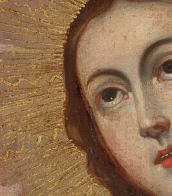

Felipe Orlando, full name Juan de Dios Felipe Orlando García Murciano, was a Spanish-Cuban artist who lived in Spain and devoted himself to writing for a living through painting. He was an anthropologist by training and a musicologist by hobby.
Belonging to the artistic avant-garde movement that emerged in the 1930s, it is difficult to place his painting in the mainstream of young modernists.
Felipe Orlando's painting is characterised by a constant development. It begins with paintings that could be called figurative. They are usually always interior scenes in which women, Afro-Cubans or still lifes take centre stage.
After moving to Spain, his painting develops towards abstraction, especially the informal current, but always presents some figurative reference. Serenity and lyricism prevail in the textures. The titles are suggestive and colour is more important than form.
